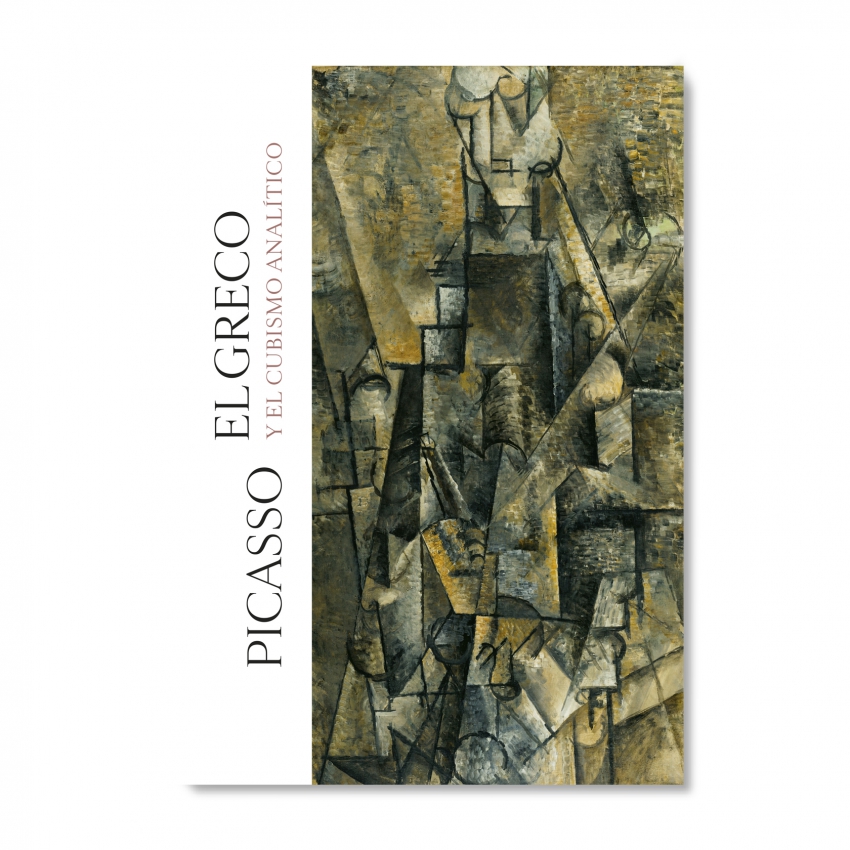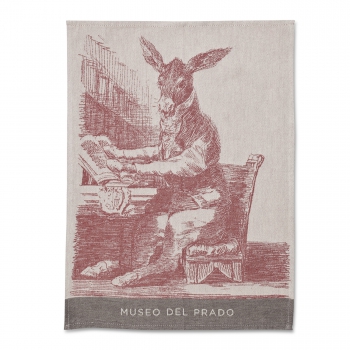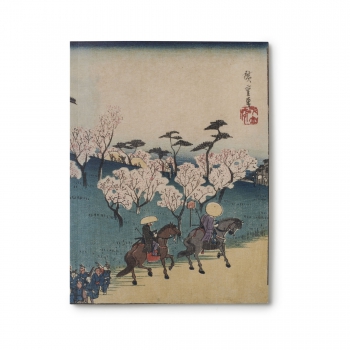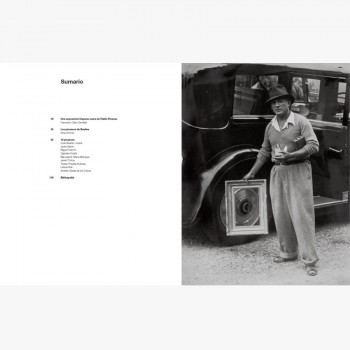Among the many and very diverse influences of other masters that converge in Picasso's work, that of El Greco is perhaps the earliest and most decisive, as it began at the end of the 19th century, when the Malaga-born artist, almost a teenager, was living in Madrid. A student at the San Fernando Royal Academy of Fine Arts, we know that Picasso spent more time at the Prado Museum copying the great masters than at the Academy itself. "Greco, Velázquez, inspire me!" or "I, El Greco" can be read in drawings from those formative years. Recovered from oblivion by the young avant-gardists of the time, El Greco, with his audacious challenge to the canon of classical tradition, provided Picasso with the keys to break definitively with the art of the past and with the pillars of traditional representation.
El Greco accompanied Picasso throughout his career, but his influence was particularly crucial to the development of Cubism and, in particular, Analytical Cubism. In this first phase of Cubism, the subject is broken down into geometric fragments that accumulate to create an image. Picasso creates an illusion of relief and depth based on shading and in which the two-dimensionality of the canvas stands out; at the same time, he recalls El Greco in the flattening of the perspective and the vertical format, even in the brushstroke, which evokes the "cruel erasures" - in the words of Francisco Pacheco - of the Cretan.
ISBN: 978-84-8480-595-3




















